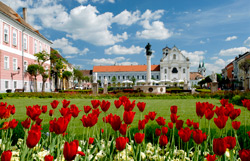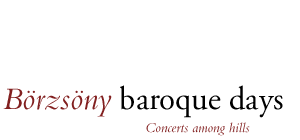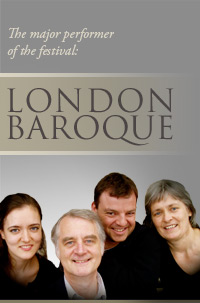Vác
The venue of the concert: Dominican Church (22 Március 15. tér — Main Square)

The Main Square of Vác Photo by István Fekete
One of the most attractive Hungarian Baroque cities boasts a past dating back to the Bronze Age. It has been a centre of Catholic faith and a diocesan town for centuries.
The city scape is defined by the cathedral. The foundation of the diocese of Vác is unanimously attributed by historians to the first Hungarian king, St. Stephen I. The completion of the bishop’s cathedral is also associated with King Géza I and, according to this monarch’s wishes he was burried here. The interior decoration of the cathedral dates from the time of King St. Ladislaus (László). The cathedral stands next to the bishop’s palace together with the canon homes and a military barrack on what is today called King Géza Square (Géza király tér).
The historic central area of Vác developed in the early 18th century when the once segregated German and Hungarian districts began to merge with one another while maintaining the original medieval town plan. Today the city is the cultural and commercial centre of the left bank of the Danube Bend and the most visited tourist destination.
The vernacular name of this Baroque-style church, “Church of the Whites” (&ldFehérek temploma”) refers to the colour of the robes of Dominican friars. Its construction was delayed from 1699 to 1755 due to the Rákóczi Freedom Fight. The Rococo furnishing inside were created between 1760 and 1770.
The single nave Baroque church with its unassuming exterior well blends into the main square's atmosphere and is contrasted by the interior’s Rococo ornamentation. Of singular significance are burial finds from Baroque times, recently unearthed in the crypt of the church. These finds are exhibited in one of the cellars of the square.
Source: hungarystartshere.com

